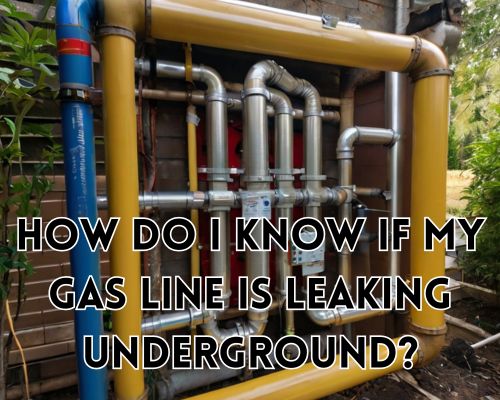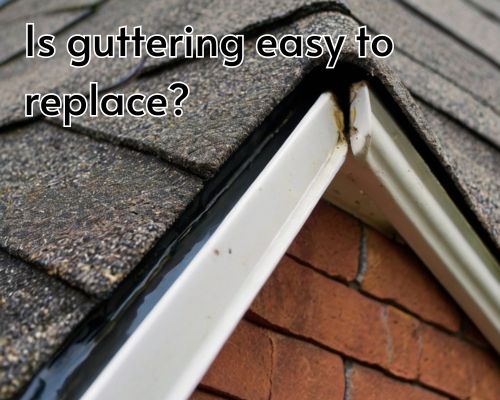A Buyer’s Checklist: How to Select the Right Spa Covers
A Buyer’s Checklist: How to Select the Right Spa Covers
Choosing the right spa covers is a decision that impacts your spa’s performance, longevity, and daily convenience. A quality cover helps retain heat, block out debris, and prevent energy loss—making it essential for any hot tub owner.
With many options on the market, knowing what to look for simplifies the selection process. Use this practical checklist to compare features and find the ideal spa cover for your specific needs and environment.
1. Measure Your Spa Dimensions Accurately
Before browsing options, it’s important to get precise measurements of your spa. Covers that are too tight or too loose can cause poor insulation, water loss, and uneven wear.
What to measure:
- Length and width of the spa
- Radius of rounded corners (if applicable)
- Distance between cover seams and control panel
- Skirt length (the flap that hangs over the edge)
Custom-fit spa covers are available for non-standard shapes like round, octagonal, or kidney-shaped spas.
2. Choose the Right Material for Durability
Spa covers must withstand constant exposure to sunlight, moisture, and varying temperatures. The outer shell material largely determines how well a cover holds up over time.
Material options:
- Marine-grade vinyl: Most common, water-resistant, and UV-protected
- PVC-coated polyester: Lightweight and breathable
- Weather-treated fabric: Used in milder climates or seasonal use
The thicker and denser the material, the longer the cover will last. Look for UV inhibitors, mildew resistance, and double-stitched seams for added durability.
3. Evaluate Insulation for Energy Efficiency
Heat retention is a top priority for spa owners. A well-insulated cover reduces energy costs by keeping water warm and limiting heater usage.
Insulation features to compare:
| Feature | Benefit |
|---|---|
| Foam Core Thickness | 4″-2″ tapered design retains heat better |
| R-Value | Rating of 12+ is optimal for cold climates |
| Heat-Sealed Vapor Barrier | Prevents moisture absorption |
| Full Hinge Seal | Blocks heat from escaping at fold |
Insulated spa covers are especially valuable in colder regions or for spas that are used frequently.
4. Check the Safety Features
Spa safety is a key concern, particularly for families with children or pets. Covers with built-in safety mechanisms not only protect users but also help meet insurance or regulatory requirements.
Look for:
- Locking tie-down straps
- Child-resistant buckles
- Reinforced handles for secure removal
- ASTM-certified safety compliance
These elements provide peace of mind and ensure your spa remains off-limits when not in use.
5. Match the Cover to Your Local Climate
Spa covers need to perform differently based on your regional weather. What works in the desert won’t suit snowy areas.
Climate-Specific Suggestions:
| Climate Type | Ideal Features |
|---|---|
| Cold & Snowy | Thick foam core, reinforced seams, sloped design |
| Sunny & Hot | UV-resistant vinyl, breathable layers |
| Rainy & Humid | Mold-proof lining, sealed stitching |
| Windy Regions | Locking hardware, secure anchoring straps |
Matching the cover to your environment extends its lifespan and improves spa performance.
6. Consider Ease of Use
Frequent spa users benefit from a cover that’s easy to remove and replace. Heavier models may require two people or a mechanical lifter, while lightweight or split designs offer more convenience.
Convenience features:
- Cover lifters (manual or hydraulic)
- Lightweight foam options
- Foldable designs for one-person handling
- Grippy, ergonomic handles
For large spas, an automatic cover lifter system may be worth the investment.
7. Don’t Overlook Aesthetic Appeal
Spa covers contribute to your backyard’s overall look. With a variety of color and texture choices available, you can match the cover to your patio furniture, deck, or spa cabinet.
Style options:
- Earth tones (sand, cocoa, charcoal)
- Custom logos or monogram embroidery
- Leather-like textures or matte finishes
- Skirt length adjustments for seamless integration
Some manufacturers also offer color customization or printed designs to blend with your outdoor decor.
8. Understand Warranty and Replacement Terms
Finally, a quality spa cover should come with a warranty that reflects its expected performance. Always read the warranty details to understand what’s covered and for how long.
Typical coverage includes:
- Vinyl cracking or fading
- Foam core waterlogging
- Defective stitching or hardware
- Structural sagging under normal conditions
Most reputable spa cover warranties last between 2 to 5 years, depending on materials and usage.







